Scientists are using a pioneering method of 'caging' and cooling water molecules to study the change in orientation of the magnetic nuclei at the centre of each hydrogen atom - a process which transforms the molecule from one form of water to another.
Jun 17th, 2014
Read more
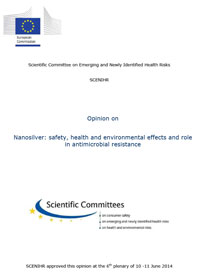 The European Commission and its non-food Scientific Committee on Emerging and Newly Identified Health Risks, SCENIHR, published the final opinion on 'Nanosilver: safety, health and environmental effects and role in antimicrobial resistance'.
The European Commission and its non-food Scientific Committee on Emerging and Newly Identified Health Risks, SCENIHR, published the final opinion on 'Nanosilver: safety, health and environmental effects and role in antimicrobial resistance'.
Jun 17th, 2014
Read more
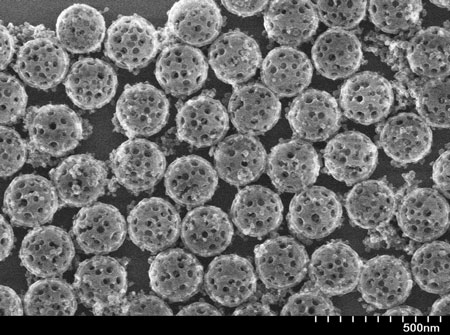 Nanoengineers have developed a nanoshell to protect foreign enzymes used to starve cancer cells as part of chemotherapy.
Nanoengineers have developed a nanoshell to protect foreign enzymes used to starve cancer cells as part of chemotherapy.
Jun 17th, 2014
Read more
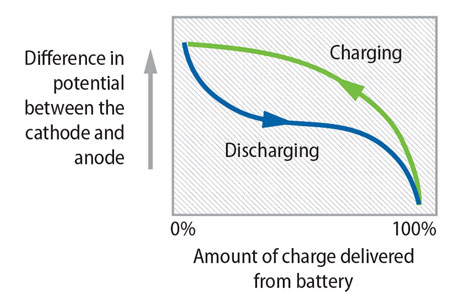 Researchers at the Energy Department's National Renewable Energy Laboratory (NREL) are turning to extremely tiny tubes and rods to boost power and durability in lithium-ion batteries, the energy sources for cell phones, laptops, and electric vehicles. If successful, the batteries will last longer and perform better, leading to a cost advantage for electric vehicles.
Researchers at the Energy Department's National Renewable Energy Laboratory (NREL) are turning to extremely tiny tubes and rods to boost power and durability in lithium-ion batteries, the energy sources for cell phones, laptops, and electric vehicles. If successful, the batteries will last longer and perform better, leading to a cost advantage for electric vehicles.
Jun 17th, 2014
Read more
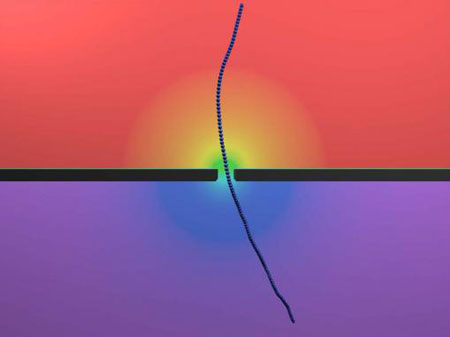 Nanopores could provide a new way to sequence DNA quickly, but the physics involved isn't well understood. That's partly because of the complexities involved in studying the random, squiggly form DNA takes in solution. Researchers have simplified matters by using a stiff, rod-like virus instead of DNA to experiment with nanopores. Their research has uncovered previously unknown dynamics in polymer-nanopore interactions.
Nanopores could provide a new way to sequence DNA quickly, but the physics involved isn't well understood. That's partly because of the complexities involved in studying the random, squiggly form DNA takes in solution. Researchers have simplified matters by using a stiff, rod-like virus instead of DNA to experiment with nanopores. Their research has uncovered previously unknown dynamics in polymer-nanopore interactions.
Jun 16th, 2014
Read more
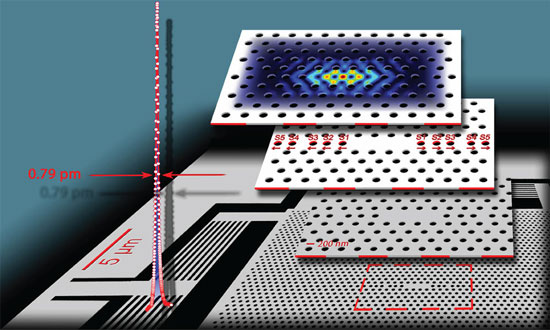 Physicists have created a silicon nanocavity that allows light to be trapped longer than in other similarly-sized optical cavities. An innovative design approach, which mimics evolutionary biology, allowed them to achieve a 10-fold improvement on the performance of previous nanocavities.
Physicists have created a silicon nanocavity that allows light to be trapped longer than in other similarly-sized optical cavities. An innovative design approach, which mimics evolutionary biology, allowed them to achieve a 10-fold improvement on the performance of previous nanocavities.
Jun 16th, 2014
Read more
New work studies the biodistribution and immunological efficacy protecting from infection of immunostimulant-loaded nanoliposomes in zebrafish in vivo.
Jun 16th, 2014
Read more
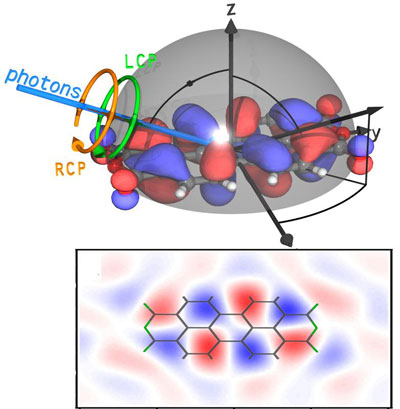 Processes on the atomic scale can only be described accurately by using the laws of quantum mechanics. Physicists have now succeeded for the first time to completely determine the state of such a quantum mechanical system in experiments.
Processes on the atomic scale can only be described accurately by using the laws of quantum mechanics. Physicists have now succeeded for the first time to completely determine the state of such a quantum mechanical system in experiments.
Jun 16th, 2014
Read more
What links legendarily sharp Damascene swords of the past with flexible electronics and high-performance electrical wiring of the future? They all owe their remarkable properties to different structural forms of carbon.
Jun 16th, 2014
Read more
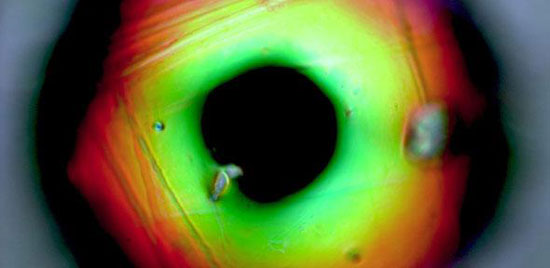 The development of a 'nanobarrel' that traps and concentrates light onto single molecules could be used as a low-cost and reliable diagnostic test.
The development of a 'nanobarrel' that traps and concentrates light onto single molecules could be used as a low-cost and reliable diagnostic test.
Jun 16th, 2014
Read more
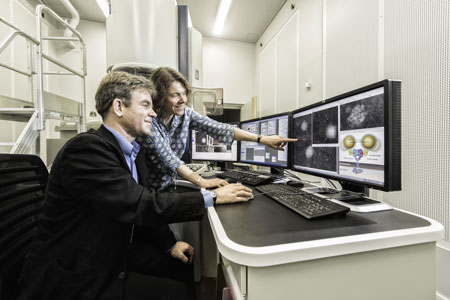 The methodology is applied to investigate a protein complex acting as a calcium channel in the cell membrane. The channel plays an important role in prostate cancer.
The methodology is applied to investigate a protein complex acting as a calcium channel in the cell membrane. The channel plays an important role in prostate cancer.
Jun 16th, 2014
Read more
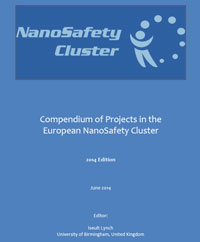 The EU NanoSafety Cluster has released the 2014 edition of its anual compendium that documents the status of important EU-funded projects on nanomaterial toxicity and exposure monitoring, integrated risk management, research infrastructure and coordination and support activities as well as regulatory-focussed research on nanosafety.
The EU NanoSafety Cluster has released the 2014 edition of its anual compendium that documents the status of important EU-funded projects on nanomaterial toxicity and exposure monitoring, integrated risk management, research infrastructure and coordination and support activities as well as regulatory-focussed research on nanosafety.
Jun 16th, 2014
Read more
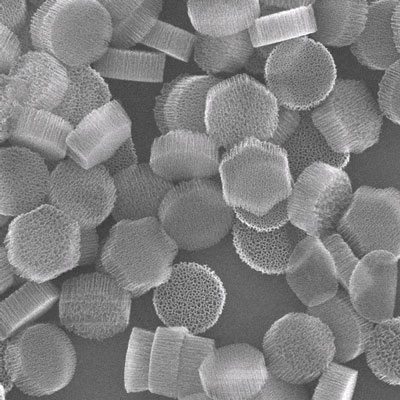 Submicrometer particles that contain even smaller particles of iron oxide could make magnetic resonance imaging a far more powerful tool to detect and fight disease.
Submicrometer particles that contain even smaller particles of iron oxide could make magnetic resonance imaging a far more powerful tool to detect and fight disease.
Jun 16th, 2014
Read more
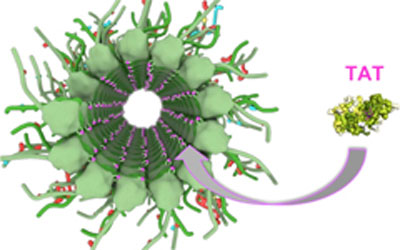 Study may advance understanding of how brain cell tubes are modified under normal and disease conditions.
Study may advance understanding of how brain cell tubes are modified under normal and disease conditions.
Jun 13th, 2014
Read more
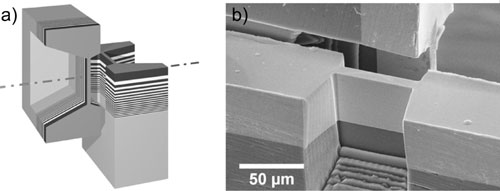 Progress in the field of nanotechnology can only be achieved, if analytical methods for the characterization of nanostructures continuously improve. Due to the structures' small size visible light cannot be utilized for nanoanalytical techniques. In point of fact, microscopic methods with electron waves or X-rays must be applied here, as the wavelengths, they work with, are small enough. Multilayer Laue lenses (MLL) offer a most promising approach to developing highest resolution X-ray optics.
Progress in the field of nanotechnology can only be achieved, if analytical methods for the characterization of nanostructures continuously improve. Due to the structures' small size visible light cannot be utilized for nanoanalytical techniques. In point of fact, microscopic methods with electron waves or X-rays must be applied here, as the wavelengths, they work with, are small enough. Multilayer Laue lenses (MLL) offer a most promising approach to developing highest resolution X-ray optics.
Jun 13th, 2014
Read more
What mode of action do nanomaterials ingested via food have in liver and intestine? Which factors determine their toxicity? Due to the large number of different nanomaterials, it is hardly possible to test every one for its toxic properties. For this reason, specific properties for the classification of nanomaterials are to be examined within the scope of the Franco-German research project SolNanoTox, which began on 1 March 2014.
Jun 13th, 2014
Read more













 Subscribe to our Nanotechnology News feed
Subscribe to our Nanotechnology News feed